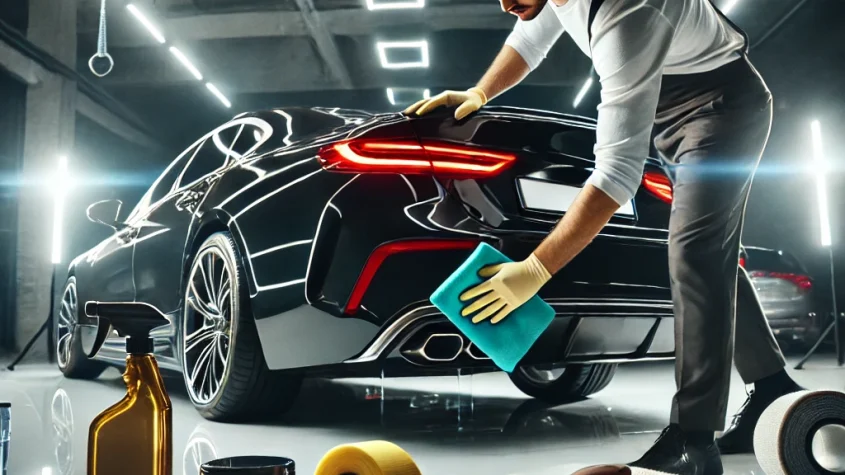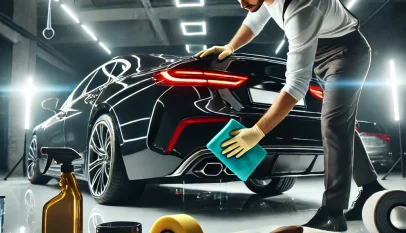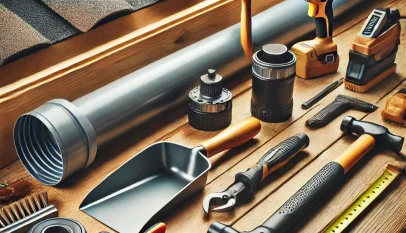
Paint protection film (PPF) is becoming a popular choice among car owners seeking to maintain their vehicle’s pristine appearance. This transparent wrap acts as a barrier against scratches, chips, and other environmental hazards, making it an effective solution for preserving a car’s paint quality.
Many are drawn to the long-lasting benefits of paint protection film for cars, as it can help retain the vehicle’s resale value by keeping the paintwork in top condition. It is especially useful for those who frequently drive in harsh conditions or want to protect their investment from everyday wear and tear.
Installation of paint protection film is typically performed by professionals, ensuring a seamless fit that enhances the car’s aesthetics rather than detracts from them. With various options available, car owners can choose a film that suits their specific needs and preferences for durability and clarity.
Benefits of Paint Protection Film
Paint protection film offers significant advantages for vehicle owners, particularly in preserving the exterior finish, enhancing resale value, and providing long-term cost savings. Understanding these benefits helps vehicle owners make informed decisions about protecting their investment.
Preservation of Paint Quality
Paint protection film acts as a barrier against various environmental hazards. It helps shield the vehicle’s paint from scratches, dings, and contamination from road debris.
The film is self-healing; minor scratches can disappear over time with exposure to heat. This feature keeps the car looking new for longer.
UV rays can fade paint, but protective films provide resistance against sun damage. This preservation maintains the car’s aesthetic appeal and overall quality.
Enhanced Resale Value
A vehicle with properly maintained paint often commands a higher resale value. Paint protection film keeps the exterior in excellent condition, appealing to potential buyers.
A well-preserved finish indicates that the car has been cared for, which can improve buyer confidence. This can be a deciding factor in competitive markets.
Additionally, the cost of the film is often outweighed by the increased resale potential, making it a smart investment for car owners looking to sell in the future.
Cost-Effectiveness Over Time
Investing in paint protection film may seem costly initially, but it proves to be cost-effective in the long run.
Regular paint touch-ups and repairs can quickly add to maintenance costs. By preventing damage from scratches and fading, the film reduces the need for expensive repairs.
Moreover, many high-quality films come with warranties, covering potential defects or yellowing. This long-term protection translates into financial savings over the vehicle’s lifespan, making it a prudent choice for owners.
Application and Maintenance
Proper application and maintenance of paint protection film are essential for ensuring its functionality and longevity. This section provides details on the professional installation process, DIY tips, and long-term care practices.
Professional Installation Process
Professional installation typically involves several key steps. First, the vehicle surface is thoroughly cleaned to remove dirt, wax, and other contaminants. This ensures optimal adhesion of the film.
Next, the installer uses precise measurement tools to cut the film to fit specific areas of the vehicle. The application is conducted in a controlled environment to avoid dust and debris.
During installation, a solution of water and soap may be used to position the film accurately before applying heat to activate the adhesive. After ensuring a bubble-free application, the film is trimmed for a seamless finish.
DIY Application Tips
For those considering a DIY approach, preparation is crucial. Gather the necessary materials, including a squeegee, a spray bottle with a soapy water solution, and a heat gun.
Careful cleaning of the car’s surface is essential. A microfiber cloth or automotive cleaner can help achieve a residue-free surface.
When applying the film, mist the surface with the soapy solution to allow for repositioning. Start applying from one corner, using the squeegee to eliminate air bubbles.
Working slowly and steadily is vital for aligning the film properly. Patience is key throughout this process to prevent creases or bubbles.
Long-Term Care and Maintenance
Maintaining paint protection film requires specific practices. Regular washing with a gentle car soap and microfiber cloth minimizes scratches. Avoid automatic car washes, as they may damage the film.
It is advisable to inspect the film periodically for any signs of peeling or damage. If noticed, touch-up solutions or professional services can help restore its appearance.
For added protection, applying a ceramic coating can enhance durability. UV exposure can degrade film quality, so parking in shaded areas or using a car cover when parked is beneficial. Following these guidelines ensures that the film continues to protect the vehicle’s paint effectively.
Bathroom Renovation Hamilton: Transforming Your Space with Expert Solutions
Bathroom renovations in Hamilton can significantly enhance both the functionality and aest…








